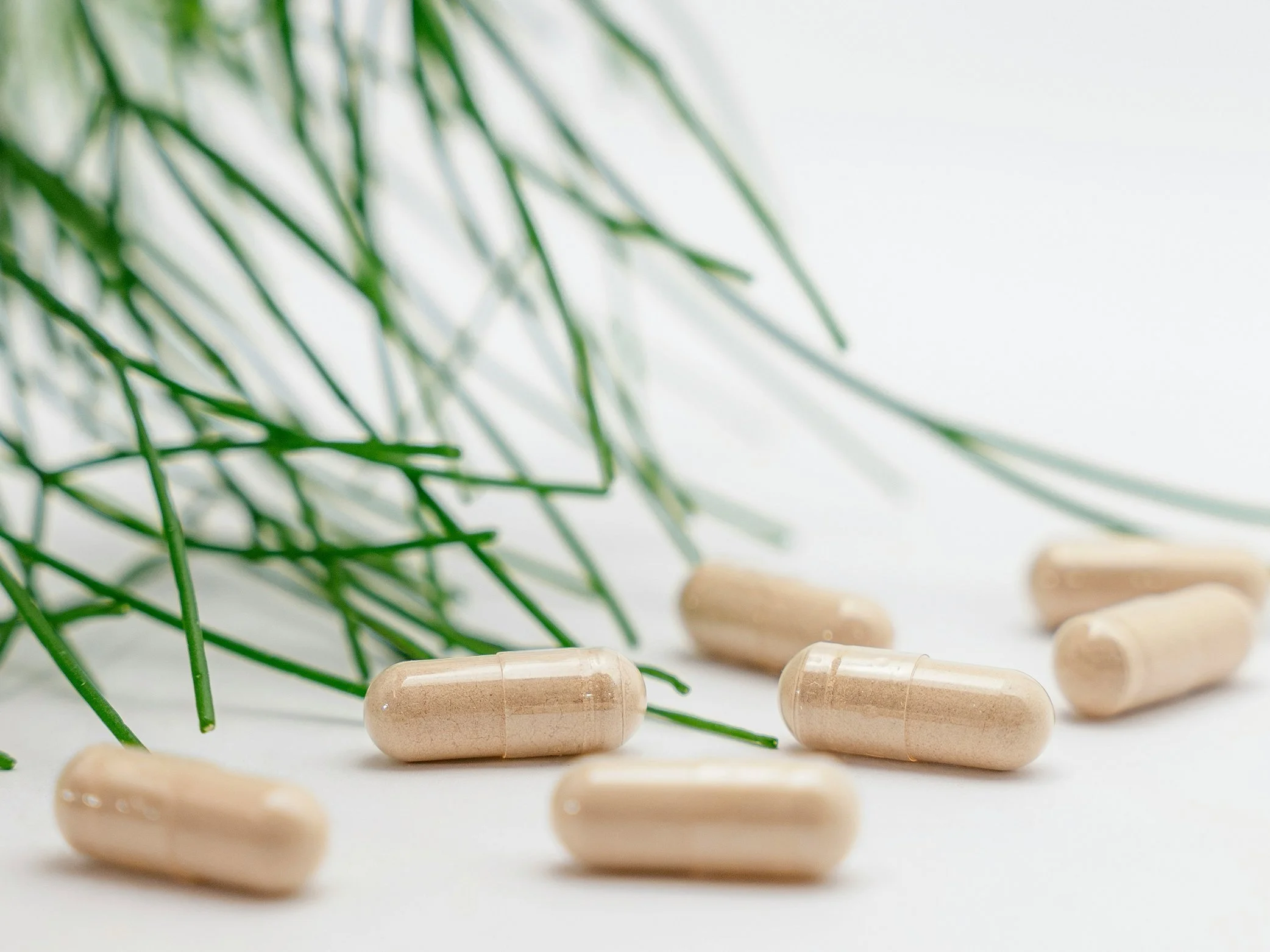Many women like to re-evaluate their skin care routine while trying to conceive in preparation for pregnancy. It’s a great time to start transitioning away from products that might work well but may also have ingredients that can negatively impact fertility or a healthy pregnancy. Do you need to immediately throw out everything and start from scratch? Probably not, but if you are preparing for an embryo transfer or are already pregnant, you may need to make some changes asap. Otherwise, we encourage you to read this blog, checkout some of the resources we suggest to investigate available research on your products, and speak with your doctors to decide what is safe for you. If needed, make different purchases when it’s time to refill or replace a product you’ve used up.
5 Simple Diet Changes to Improve Fertility
When we support fertility patients in our clinics, we always customize diet plans to cater to their needs and goals. For meal planning, we refer to our in-house nutritionist and dietician, but our Acupuncturists always go over diet in the first session and make suggestions that can improve overall health and fertility in each patient. While these suggestions are based on how each patient’s body and cycles are functioning, there are some common themes that form the foundation for a good fertility diet. If you are looking to make simple quick changes to your diet with maximum impact on fertility and IVF outcomes, here are our 5 most consistent tips.
Optimizing Fertility with Chinese Herbal Medicine
Chinese Herbal medicine is a sophisticated herbal practice in which specific herbs are combined into targeted, customized formulas to help support each patient’s health goals. It has a wide applicability, supporting digestive issues, insomnia, headaches, and many more conditions, and has been shown in studies to enhance fertility in multiple ways…
Part II: Finding the best help for managing PCOS
As we saw in PART I of this blog, PCOS is a common disorder affecting follicle development and ovulation in women of reproductive age. For details on the definition and diagnosis, please read PART I. In this PART II blog, we’ll discuss treatment options for supporting ovarian function and overall health in women with PCOS. Whether you are trying to conceive, or just trying to get your body more balanced, read on for helpful tips!
Part I: Understanding PCOS and getting a diagnosis
Polycystic Ovarian Syndrome or PCOS is the most common endocrine disorder among women of reproductive age. With the wide spread use of birth control pills, which externally regulate the menstrual cycle, PCOS is becoming more and more common. A lot of my patients get concerned that the pill may have caused their PCOS, but this doesn’t seem to be the case.










